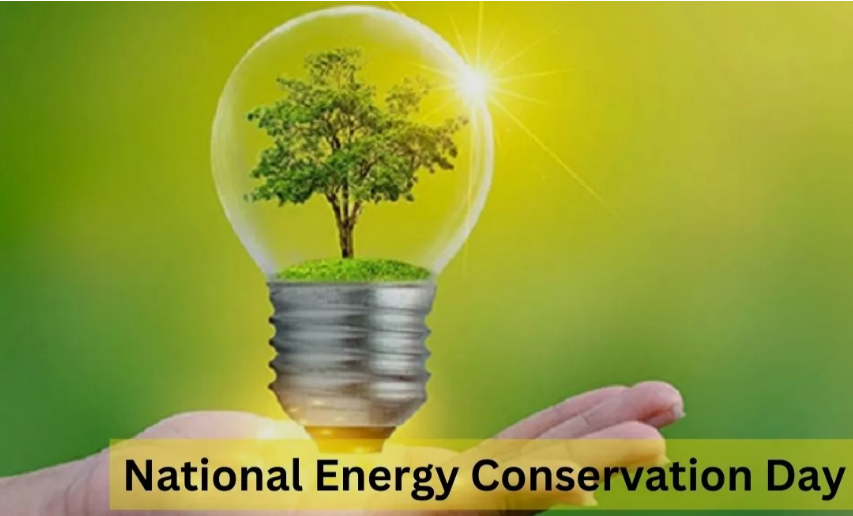




Source: INDIANEXPRESS
Disclaimer: Copyright infringement not intended.
Environmental governance in India is centered on the principle of prior environmental clearance under the Environmental Impact Assessment Notification, 2006.
However the Ministry of Environment introduced ex-post facto clearances in 2017 allowing projects that began without EC to be regularised retrospectively.
In May 2025 the Supreme Court struck down this amnesty mechanism as illegal and against environmental jurisprudence.
|
Year |
Development |
|
2017 |
Notification allowed one-time amnesty for projects started without prior EC. |
|
2021 |
MoEFCC issued a Standard Operating Procedure through an Office Memorandum making the amnesty routine. |
|
2024 (Jan) |
Supreme Court stayed the 2021 OM but permitted consideration of EC modification requests granted before July 2021. |
|
2025 (May 17) |
Supreme Court struck down both 2017 notification and 2021 OM, calling them illegal and against the polluter pays principle. |
Statistics
112 projects recommended by Expert Appraisal Committee from 2017 to 2021.
55 projects were granted post-facto EC.
150+ projects received Terms of Reference.
Beneficiary Sectors
Mining (coal, iron, bauxite)
Greenfield airports
Cement and steel plants
Chemical industries
Hospitals and Hotels
Real estate and commercial complexes
Notable Beneficiaries
Singareni Collieries, Mahanadi Coalfields, UltraTech Cement, Tata Steel, Hindustan Copper, Hotel Leela Venture, Godrej Agrovet, Artemis Hospital, etc.
The object of the 2017 notification and 2021 OM was to protect violators not the environment.
Ex-post facto ECs violate the EIA 2006 and the principle of prior approval.
Prior EC is a precondition for sustainable development.
Cited previous SC judgments:
Common Cause v. Union of India (2017)
Alembic Pharmaceuticals v. Rohit Prajapati (2020)
Declared all circulars, notifications and OMs based on 2017 and 2021 orders as void ab initio.
Reaffirmed that development cannot come at the cost of environment.
Argued it was pragmatic and based on polluter pays principle.
Claimed no existing mechanism to deal with violation cases.
Warned that demolition of such projects could lead to additional environmental damage.
Positive Implications
Strengthens rule of law in environmental governance.
Reinforces the importance of prior EC and public accountability.
May prevent reckless industrialization and ensure ecological sustainability.
Concerns
Projects already approved might now be subject to litigation or closure.
Possibility of review petition by MoEFCC.
Could lead to a temporary regulatory vacuum for dealing with violations.
|
Recommendation |
Explanation |
|
Codify violation procedures |
Create legal provisions under the Environment Protection Act for handling violations, without compromising on due diligence. |
|
Stronger EIAs |
Ensure transparent, rigorous and participatory environmental assessments. |
|
Digital Monitoring |
Use GIS and remote sensing for real-time project compliance. |
|
Capacity Building |
Strengthen EACs and SEIAAs with experts to deal with complex ecological impacts. |
|
Public Disclosure |
Mandate disclosure of all post-facto ECs granted and reasons. |
Sources:
|
PRACTICE QUESTION Q. The Supreme Court’s verdict striking down ex-post facto environmental clearances underscores the principle that development cannot come at the cost of legality and sustainability. Critically examine the implications of this judgment. 250 Words. |






© 2026 iasgyan. All right reserved